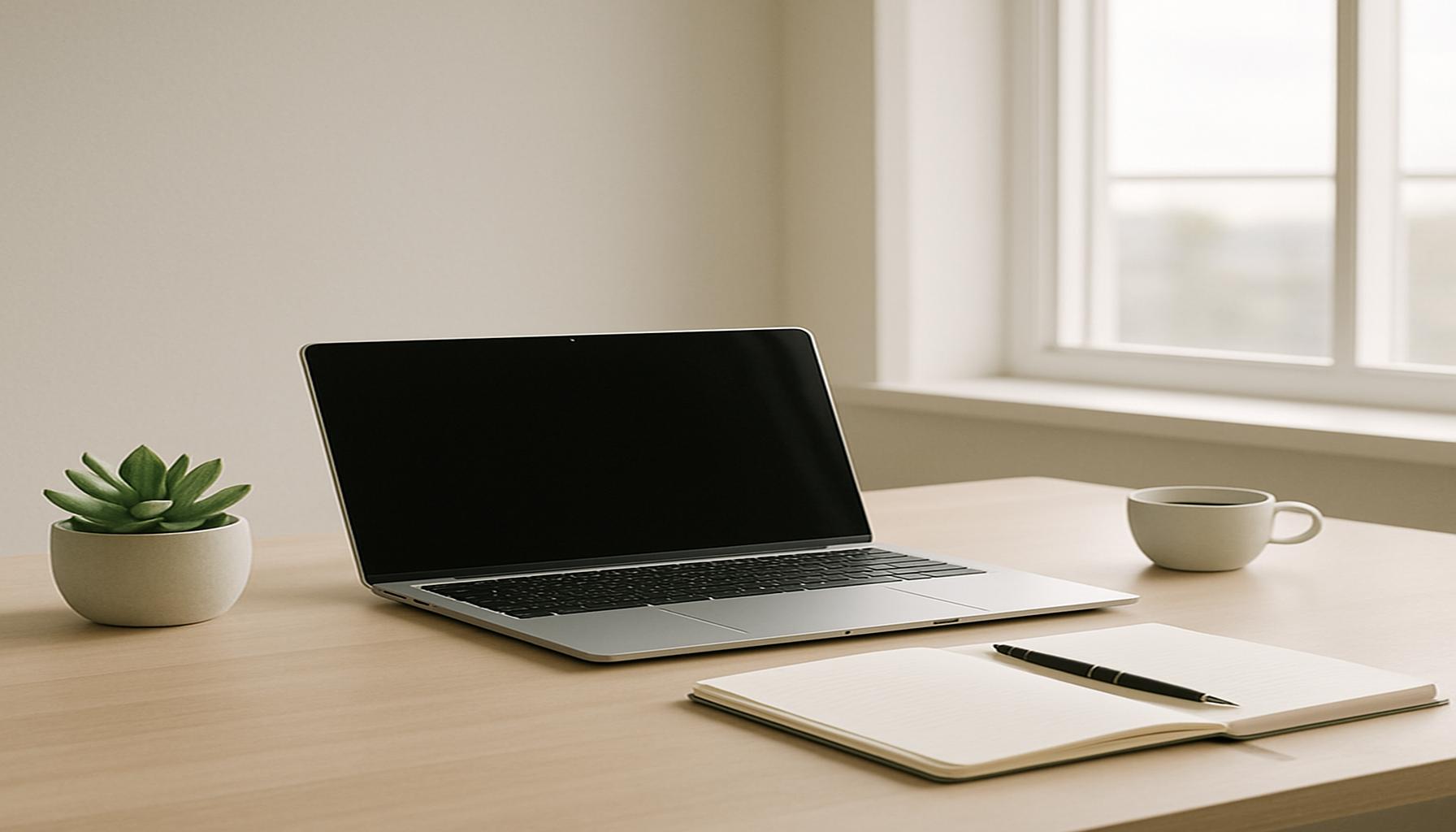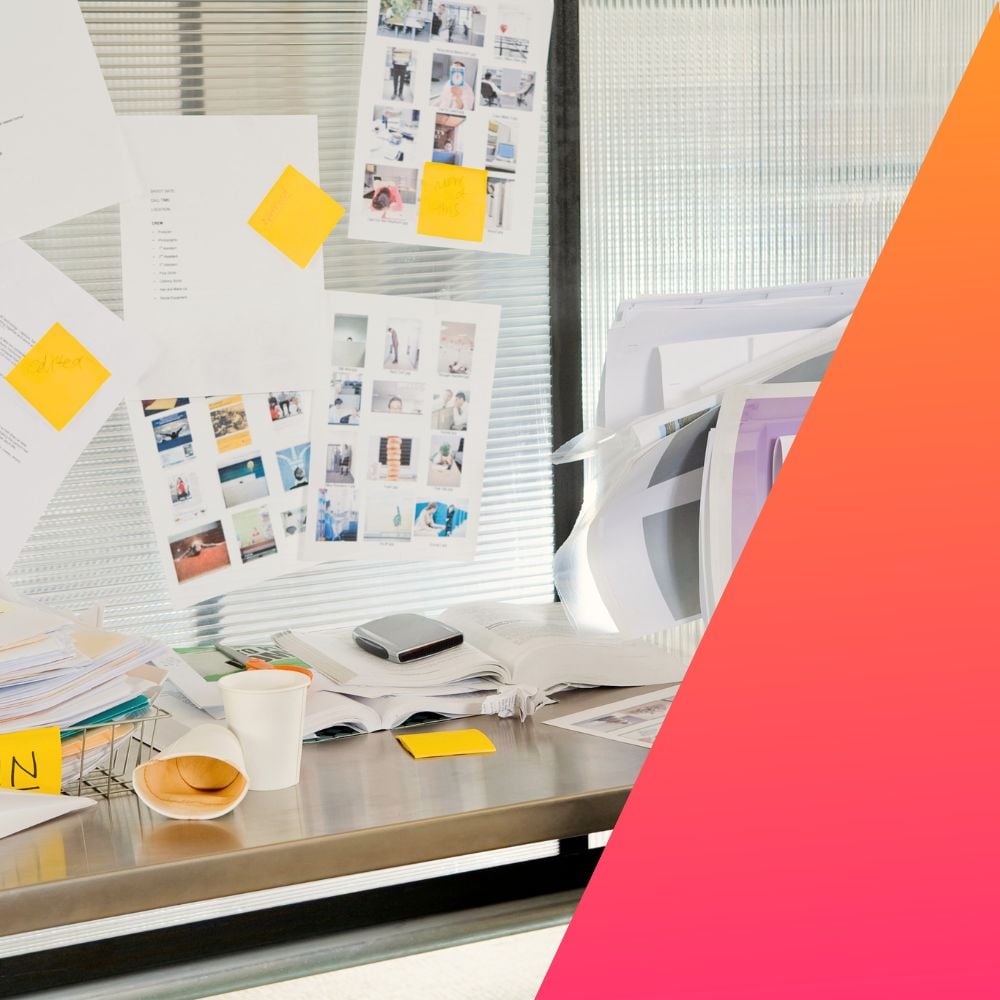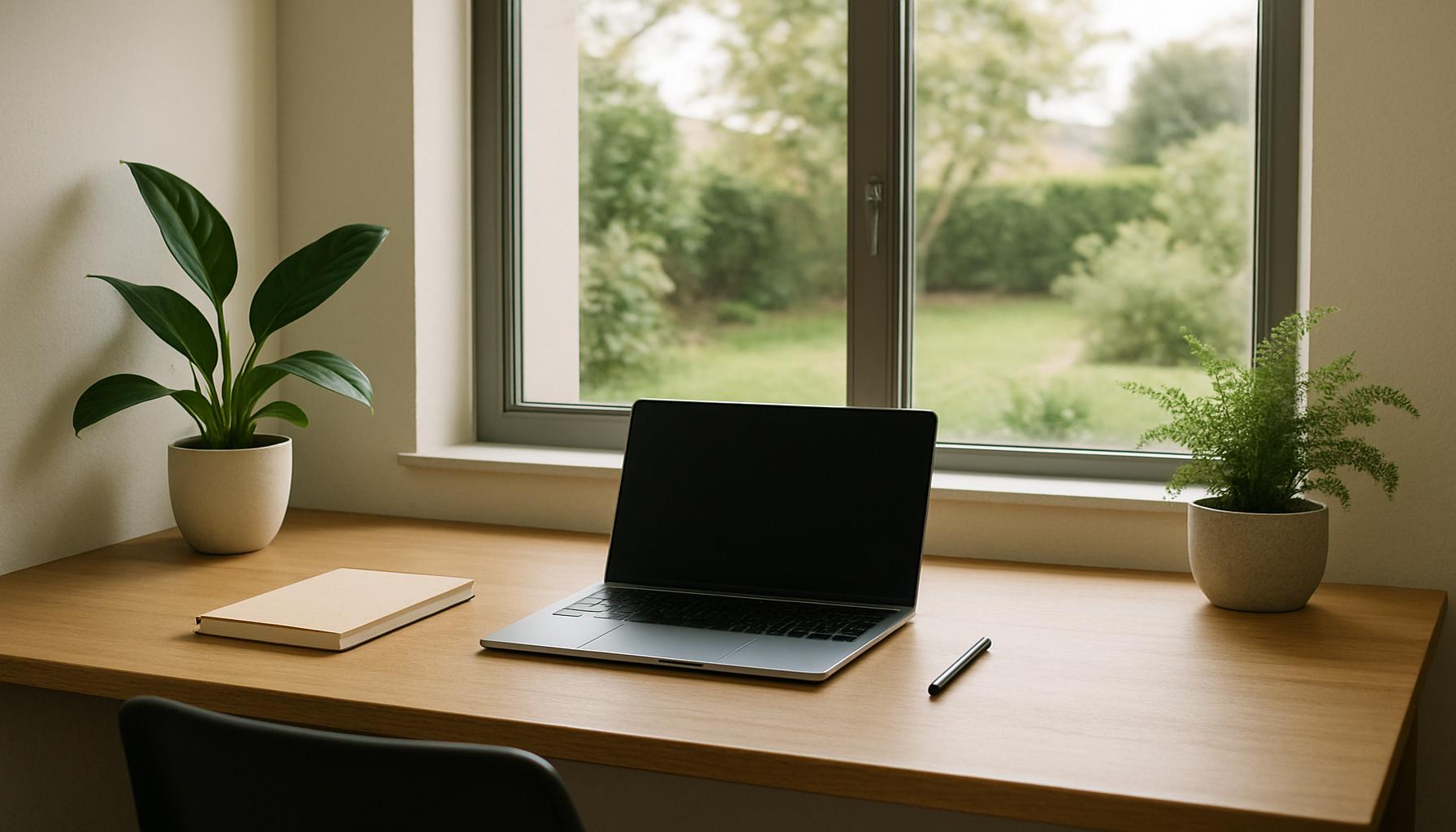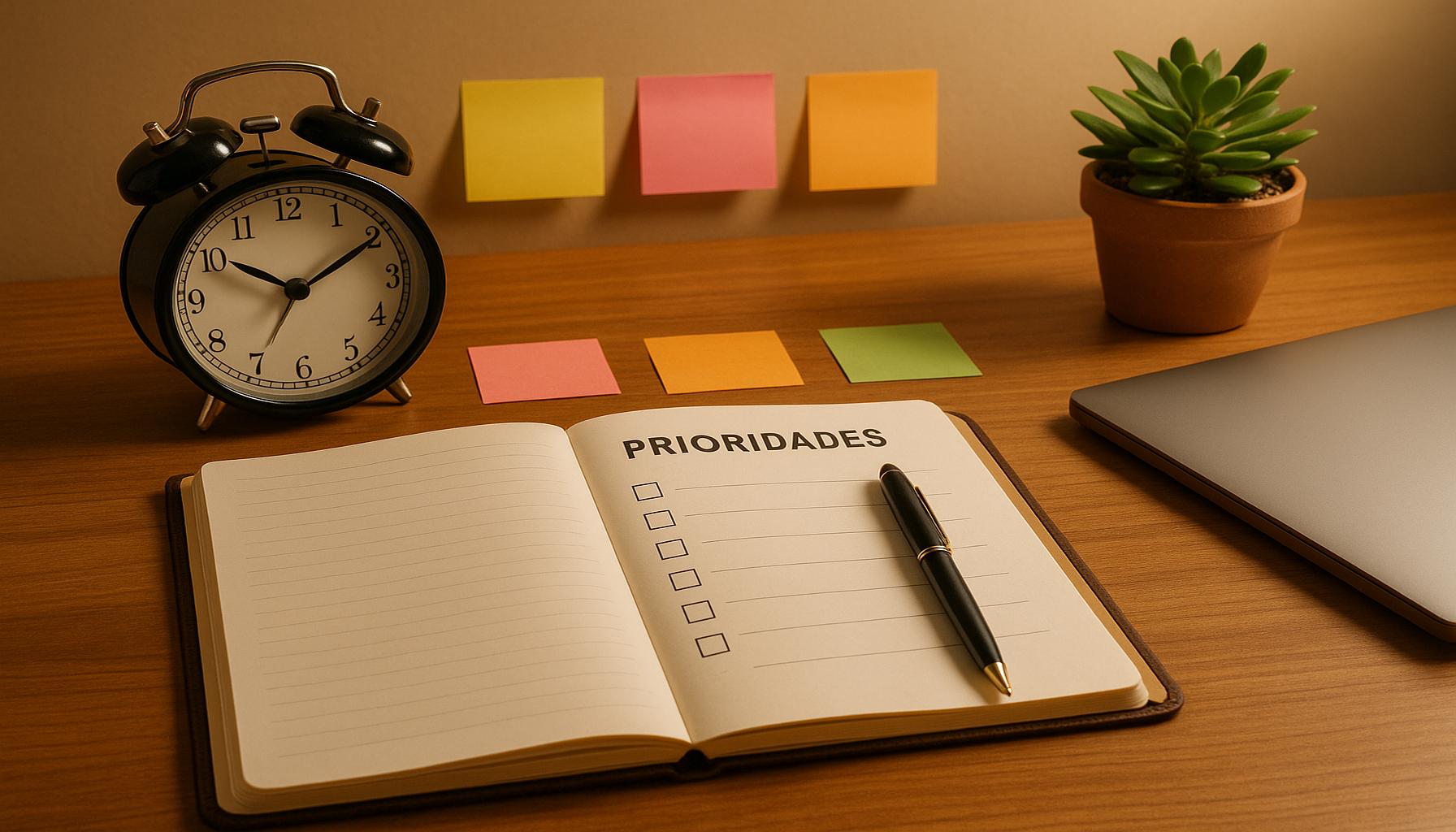Minimalist Organization Boost Productivity by Reducing Clutter

In today’s fast-paced world, the concept of minimalism has emerged as a powerful antidote to the chaos that surrounds us. As more individuals seek to declutter their lives both physically and mentally, the principles of minimalist organization serve as essential strategies in streamlining environments and enhancing productivity. By simplifying our spaces, we not only create a sense of calm but also pave the way for greater focus and efficiency.
Adopting a minimalist approach to organization involves deliberate choices that prioritize functionality and clarity. Some key benefits include:
- Reduced distractions: A clean environment fosters concentration.
- Increased efficiency: Finding things becomes quicker and easier.
- Enhanced creativity: A clutter-free space allows for new ideas to flourish.
What if you could apply these minimalist principles to transform your daily routine? In this article, we will uncover the Top 5 strategies to effectively reduce disorder and boost your productivity, guiding you toward a more organized and fulfilling life. Prepare to discover actionable insights that can make a difference in your workspace and beyond.
Organizing with Minimalism: Strategies to Reduce Clutter and Boost Productivity
In today’s hyper-paced environment, where excess often creates chaos, minimalism stands out as a beacon of clarity and order. More than just a passing trend, it’s a lifestyle choice that champions simplicity and promises to enhance productivity. Here, we explore the top five minimalist organization strategies that can transform not only your space but also your mindset, making room for what truly matters.
5. The One In, One Out Rule
The One In, One Out Rule is a fundamental strategy that effectively prevents clutter accumulation. The concept is straightforward: for every item brought into your living or working environment, an existing item must be removed. This applies universally—from clothes and books to electronic gadgets and kitchen items.

Implementing this rule is a practical measure to maintain a balance, ensuring possessions don’t overflow the available space. Tracking this can be efficiently managed using a digital checklist or an inventory app on your smartphone. Let’s delve deeper into its benefits:
- Promotes consciousness about acquisitions, turning impulsive buying into intentional shopping.
- Encourages thoughtful purchasing decisions, leading to better financial management and reduced waste.
- Facilitates regular decluttering habits, transforming them into a simple, sustainable routine.
Embracing this strategy prompts an evaluation of the value and necessity of each possession. It’s a powerful reminder that sometimes, indeed, less is more, freeing up physical and mental space for priorities.
4. Digital Decluttering
In an era where digital clutter can be as overwhelming as physical disorder, Digital Decluttering is a vital strategy not to be overlooked. Begin by streamlining your email inbox—unsubscribe from newsletters that no longer interest you and organize files into clearly labeled folders for easy retrieval.
Consider these methods to refine your digital landscape:
- Eliminate apps that are rarely or never used from your digital devices.
- Keep browser tabs to a minimum to avoid digital distractions.
- Use cloud storage solutions to ensure accessibility and prevent data loss, while organizing data efficiently.
By tidying up digital spaces, alongside physical ones, you foster an environment where productivity thrives, minimizing the distractions emanating from digital chaos. A well-organized digital realm reflects a clear mind, contributing positively to work efficiency and mental health.
3. Create Designated Spaces
A crucial strategy for minimalist organization involves designating specific spaces for your belongings. This approach entails allocating a “home” for every item within your personal or work environment. Designated spaces not only aid in managing clutter but also ensure ease of access to your necessities.
Employing this strategy offers multiple advantages:
- Increases efficiency, as items can be swiftly located without unnecessary searching.
- Reduces the time and energy spent on organization by establishing a systematic approach.
- Instills a sense of accountability for personal or shared belongings.
When assigning spaces, be strategic about the frequency of use—items used regularly should be easily accessible, while those used infrequently can be stored away. This method contributes to an orderly environment and supports daily productivity.
2. Daily Minimalism Routines
Incorporating a daily minimalism routine can significantly boost productivity and maintain an organized space. This entails dedicating a few moments each day to tidy up and preserve order, preventing clutter buildup.
Consider integrating these daily practices into your routine:
- Allocate 5-10 minutes at the day’s end for tidying up your environment.
- Review and prioritize your to-do list, ensuring focus on essential tasks.
- Reflect on the day’s activities—identify what brought joy and what can be let go.
Daily routines nurture mindfulness about your belongings and decrease the likelihood of clutter accumulation, enhancing overall life quality. It shapes a disciplined lifestyle where clarity and serenity prevail.
1. The Power of Mindfulness in Decluttering
At the top of our list is the power of mindfulness in decluttering, a strategy that is transformative beyond organizing. Mindfulness transcends meditation alone; it can be met with how you approach your belongings. Developing awareness regarding the impact clutter has on mental clarity is crucial for effective organization.
Embracing a mindful approach enables you to:
- Recognize and address emotional attachments to possessions that may no longer serve you.
- Make intentional, well-considered decisions about what to retain or release.
- Foster gratitude for items that add genuine value to your life.
This powerful strategy culminates in a profound understanding of what is truly necessary and valuable, allowing for a life that prioritizes purpose and contentment. Practicing mindfulness in decluttering results in an environment where both space and mind are free from unnecessary burdens.
In conclusion, adopting these minimalist organization strategies involves more than merely reducing belongings. It’s a comprehensive transformation that strengthens productivity and well-being. By consciously applying these methods, you create a balanced, intentional space that supports your journey toward personal and professional growth. Let minimalism guide you to a more organized, fulfilling life.
| Category | Key Features | Advantages | Disadvantages | Target Audience |
|---|---|---|---|---|
| Digital Decluttering | Organizing digital files, emails, and apps. | Enhanced Focus: Reduces distractions and increases productivity. | Time-Consuming: Initial organization can take time to implement. | Remote workers and students who rely on digital tools. |
| Space Optimization | Creating zones for specific activities and minimizing clutter. | Improved Efficiency: Streamlined spaces can lead to faster task completion. | Adjustment Period: May require time to adapt to new setups. | Homeowners and business owners looking to enhance workflows. |
| Minimalist Mindset | Adopting a mentality focused on simplicity and value. | Clarity of Purpose: Helps discern what truly matters, reducing overwhelm. | Difficult to Maintain: Requires consistent effort and reflection. | Individuals looking to enhance personal growth and mindfulness. |
| Time Management Techniques | Implementing methods such as Pomodoro or time blocking. | Increased Productivity: Helps manage tasks efficiently and effectively. | Requires Discipline: Not following the schedule can diminish results. | Professionals and students facing demanding schedules. |
The progression towards a minimalist approach in organization is not solely about physical spaces; it significantly extends to digital environments and personal mindsets. Each category contributes uniquely to the overarching goal of enhancing productivity by minimizing distractions and focusing on essential elements in both life and work environments. Exploring these strategies reveals a wealth of actionable insights for those aiming to transform their daily routines and elevate their effectiveness. Embracing digital decluttering can free individuals from the weight of unnecessary digital noise, fostering a conscious and organized online life. Simultaneously, optimizing physical spaces allows for greater efficiency, creating functional zones conducive to focused work or relaxation.A minimalist mindset nurtures deeper self-awareness, prompting individuals to prioritize what truly enriches their lives. In tandem, leveraging time management techniques empowers the disciplined execution of daily tasks, ensuring that efforts are aligned with overarching goals. Collectively, these strategies form a robust toolkit for anyone eager to embark on a journey of reduction and productivity enhancement.
Frequently Asked Questions About Minimalist Organization
What is minimalist organization and how does it differ from traditional organization methods?
Minimalist organization is an approach that focuses on the idea of having less to achieve more. It emphasizes the importance of reducing clutter to enhance efficiency and productivity. Unlike traditional methods, which often involve intricate systems and additional storage solutions, minimalist organization strives for simplicity. By keeping possessions to a minimum and focusing on the essentials, one can achieve a more streamlined and effective way of managing both personal and professional spaces. This approach is not just about removing items but also about fostering a mindset that values quality over quantity.
How can adopting a minimalist organization strategy increase productivity?
Adopting a minimalist organization strategy can significantly boost productivity by helping to reduce distractions. A cluttered environment often leads to wasted time searching for items, increased stress levels, and hindered decision-making abilities. By embracing minimalism, you’ll have a cleaner, more organized space, which can clear your mind and improve concentration. Moreover, having fewer possessions means fewer items to manage, clean, or maintain, allowing for more time and energy to focus on tasks that are truly important. Additionally, studies have shown that a tidy workspace can positively impact your emotional well-being, helping you maintain motivation and focus.
What are some common challenges people face when transitioning to a minimalist lifestyle, and how can they overcome them?
Many individuals find the transition to a minimalist lifestyle challenging due to emotional attachments to possessions, societal pressures, and the fear of missing out. A common obstacle is the sentimental value placed on items, which can make it difficult to declutter. To overcome this challenge, experts suggest starting small by decluttering one area at a time and asking whether an item truly adds value to your life. Documenting the process through photos can also help preserve memories without retaining physical items. Furthermore, societal norms often equate owning more with success, but focusing on personal values and goals can help counteract this mindset. It’s crucial to remember that minimalism is a personal journey; there is no one-size-fits-all approach, and adjustments can be made over time.
Is minimalist organization suitable for everyone, or are there situations where it might not be the best approach?
While minimalist organization can offer numerous benefits, it may not be suitable for everyone. For individuals who thrive in creative chaos or require a multitude of resources for their work or hobbies, a minimalist approach may feel restrictive. Similarly, larger families or shared living spaces may face unique challenges in adopting minimalism. However, elements of minimalist organization can still be applied, such as decluttering unnecessary items or creating designated spaces for essential belongings. Ultimately, the key is to tailor organizational strategies to fit individual needs and lifestyles, ensuring a balance between minimalism and functionality. It’s worth noting that minimalism is not about living with as little as possible but rather optimizing what you have to enrich your life.
Conclusion
In an era where clutter can easily become overwhelming, embracing a minimalist approach to organization offers a compelling pathway to enhance productivity and cultivate a balanced lifestyle. Throughout this article, we have explored several strategies that underscore the nuances of minimalist organization.
Firstly, prioritizing essentials and letting go of unnecessary items have proven to be fundamental steps in minimizing clutter. The act of decluttering not only frees up physical space but also contributes to a clearer mental state, allowing for enhanced focus and efficiency.
Secondly, the importance of establishing a structured environment cannot be overstated. By designating specific spaces for our belongings, we streamline daily routines and reduce time spent on searching for misplaced items. This structural approach further supports a seamless flow in both professional and personal settings.
Moreover, incorporating simple yet effective systems, such as the use of labeled storage, digital organizers, and regular maintenance schedules, can sustain an organized space over time. These systems enable individuals to maintain control over their environment, reducing stress and enhancing overall productivity.
The concept of minimalist organization is not merely about eliminating possessions; it’s about fostering an intentional lifestyle where each item has a purpose and place. By adopting these strategies, individuals can experience a profound transformation, leading to a more productive and fulfilling life.
In closing, the journey towards minimalist organization is both rewarding and ongoing. As we continue to refine our spaces and habits, we empower ourselves to focus on what truly matters. The principles discussed in this article provide a solid foundation for anyone ready to delve into the world of minimalism, offering a fresh perspective on managing modern life’s complexities.


